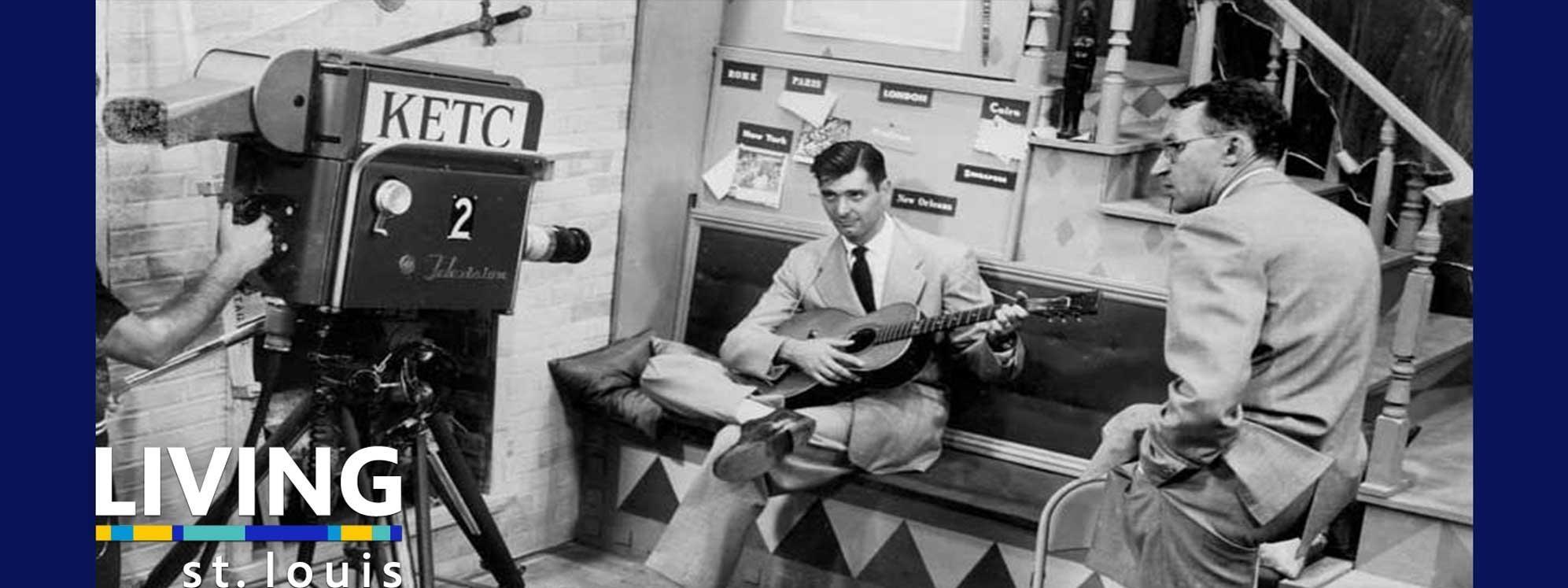In 1954, the concept of educational television was just emerging. While many cities awarded initial educational TV licenses to universities, St. Louis took a unique approach. Instead, a commission was formed which sought input from local leaders in business, politics, and cultural institutions. Those citizens came together to pioneer the establishment of a community-centered educational channel.
This innovative initiative birthed what became known as the "St. Louis Plan," where the television license was tethered to the community rather than an existing educational institution. This approach aimed to foster a sense of ownership and involvement among the community. This model served as a blueprint for the creation of similar stations across the nation.
The driving force behind this was a collective desire to impact the entire region.
"We want this station to be talked about," said a producer at the time. This aspiration wasn't just about broadcasting shows, it was about sparking conversations, fostering learning, and enriching the community.
Watch the segment below and check out our full 314 Day episode, celebrating other St. Louisans moving our region forward, here.
Read more about our station’s history here.
Contributed by Jim Kirchherr, producer for Living St. Louis, and Molly Hart, social media coordinator.



